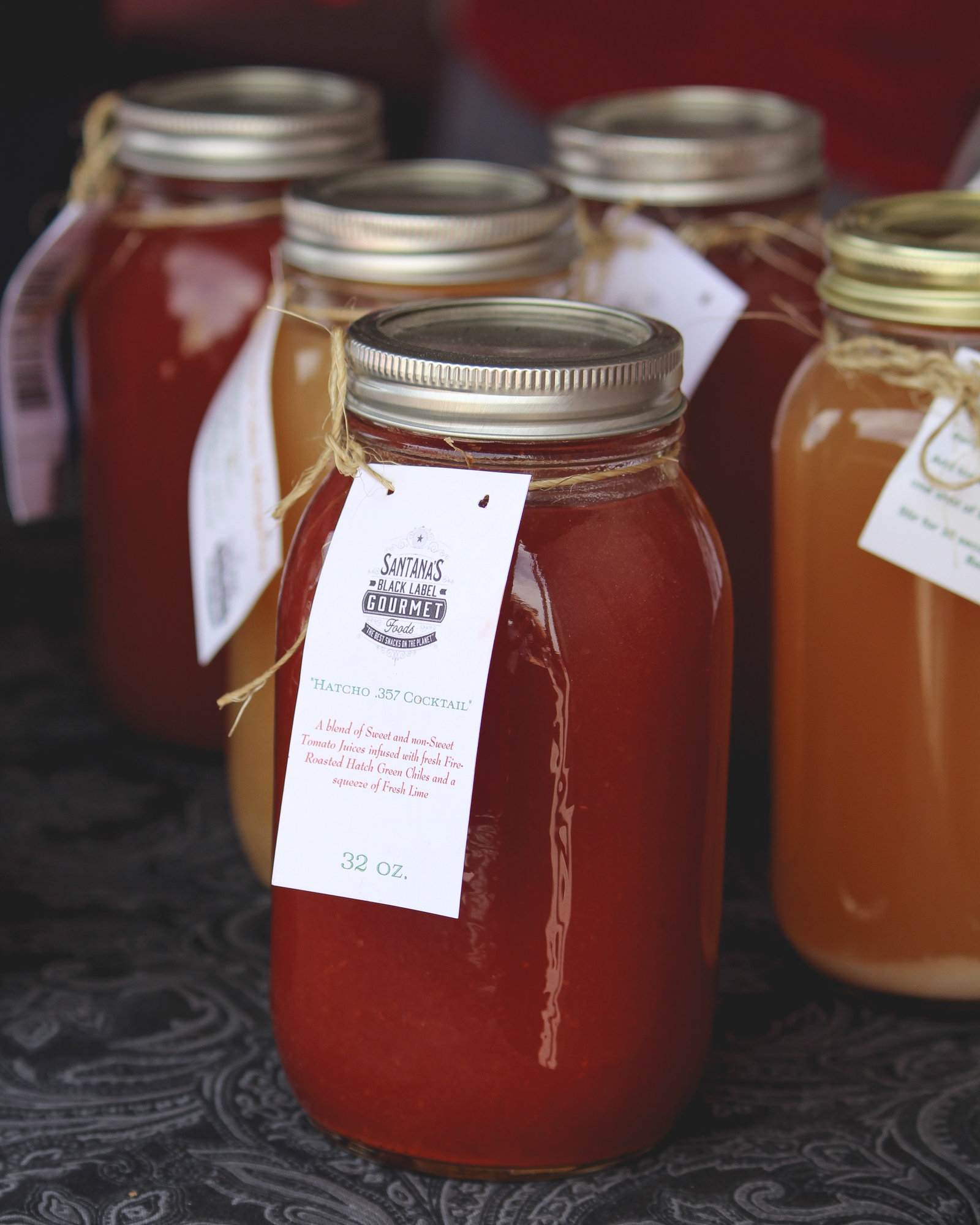
Behind The Scenes at New Mexico’s Hatch Chile Festival
In the sparse expanse of Southern New Mexico, Hatch is a city devoted to one thing and one thing only: chiles.
With the unique soil conditions along the Rio Grande, the Hatch Valley is the only place in the world where Hatch chiles are grown; they’re a bit like the champagne of the chile world: only chiles grown in this particular area can officially be called Hatch chiles, and only chiles grown in the valley have the distinct Hatch taste– a deep, almost buttery flavor when roasted.
They’re a bit like the champagne of the chile world: only chiles grown in this particular area can officially be called Hatch chiles, and only chiles grown in the valley have the distinct Hatch taste– a deep, almost buttery flavor when roasted.
The chiles come in red or green varieties (hence the official New Mexico state question: “red or green?”), and range in intensity from mild, to fiery, to so hot you forget your own name. While you can find hatch chile products year-round (Trader Joe’s even sells tiny cans, perfect for chilaquiles), their official season runs from the end of July through the end of September, and completely takes over the surrounding Southwest area. Grocery stores– including major chains like Whole Foods and Sprouts– set up with giant roasters out front, perfuming the air with the mouth-watering, primal scent of charcoal and the sweet, fresh smell of the peppers.
But if you really want the full Hatch chile experience, you have to head to the source. The Hatch Chili Festival.
Vendors
During the off-season, Hatch, NM is a quiet grid of dusty streets– though no shop is without a chile ristra, a traditional decoration said to invite good health and good luck. But as the calendar turns towards summer and fall, the city begins to come alive, all leading towards the end-of-summer Hatch Chile Festival celebration, which gathers together local hatch chile farmers and runs for two days. Though the official events take place at the airport on the outskirts of town, the main streets are decked out with stalls, selling roasted chiles and complimentary ingredients (like homemade corn tortillas and fresh asadero, a type of cheese made in the nearby Mexican state of Chihuahua, which has a light flavor and texture similar to mozzarella).
At the festival itself, visitors can find hatch chiles (red and green) in a number of forms, from fresh to freshly-roasted to dried, powdered, and infused in olive oil. Salsas, of course, are a given– never before will the subtle intricacies of salsa flavors become so clear. (We give a personal shoutout to Mendoza Farms’ salsa, as well as Zia’s.)
At this year’s festival, the best incarnation of Hatch chiles were found at Santana’s Black Label‘s booth, whose products incorporated hatch chiles into beef jerky (one red, offset with sundried tomatoes and garlic; one green, finished with lemon) and their Hatcho .357 Cocktail mix (a Bloody Mary-like drink with sweet and non-sweet tomato juice, Hatch green chiles, and lime).
Other regional offerings include roasted and salted pine nuts (locally called by their Spanish name, piñon) harvested by the nearby Navajo tribes, cactus-blossom iced tea, and prickly pear black tea.
Inventions
One of the most curious booths at the festival was Thrugate Aerospace Company‘s, which was home to a chile rocket, built to run off of a biofuel developed from chile peppers. The project, developed by the company’s president Lee M. Rush, is an effort to demonstrate the power of sustainable, renewable, locally-produced biofuel in the face of Climate Change. Currently, Rush is in talks with Spaceport America (home to Virgin Galactic) to do an official launch of the rocket.
Recipes
Of course, at the end of the day, when you find yourself in the backseat with pounds of freshly roasted chiles, the question becomes: what to do? While the chiles themselves are delicious enough just to slice up and nibble on, there’s only just so many you can eat like that. The easiest way to eat them is by adding them to sandwiches and burgers (if you’re in Hatch, Sparky’s is the place to go). In general, cheese and meats pair well with Hatch chiles; Hatch chiles obviously lend themselves to regional cuisine like tamales and quesadillas. In general, Hatch chiles can be substituted in anywhere you might add spice or peppers, like cornbread, pizza, frittatas, and chile. But you don’t have to stick to basics– Hatch chiles are far more versatile and have a more complex depth of flavor. More esoteric recipes like watermelon and hatch gaspacho or even ice cream make use of Hatch chiles’ sweeter, buttery profile. Just be sure when looking for chiles to picks ones that have a bright, even color, and those that are symmetrical, smooth, and firm.
Looking for Hatch chiles near you? Check out the Hatch Chile Finder.














































